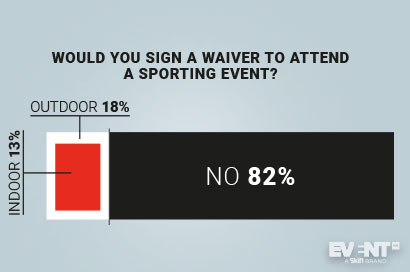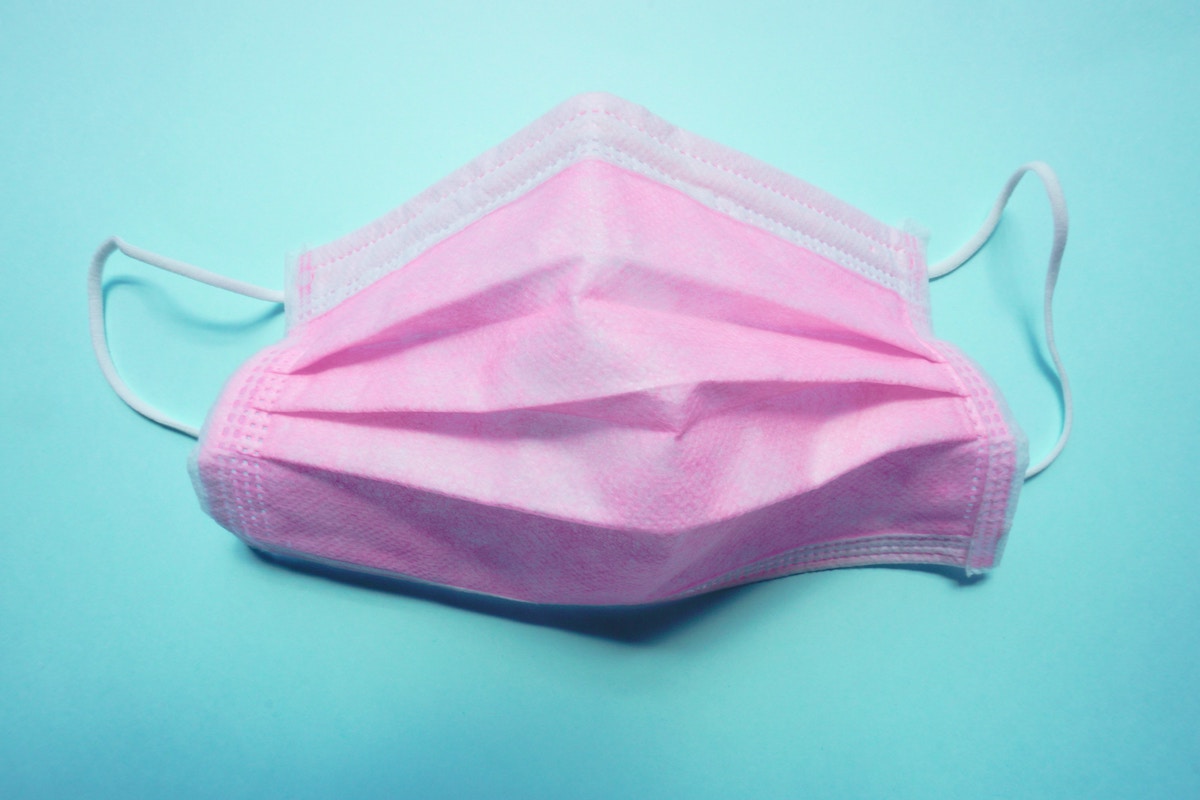Skift Take
Trump’s Tulsa rally waivers expose another pitfall in the return to live events: liability. Who is liable for inevitable new cases? Will attendees accept the risk when it’s scribbled into a legal waiver? Recent research from DYNATA says no. Here’s our take.
When it comes to the coronavirus-related risk of hosting an event, the evolving and inconsistent guidance from medical professionals and governing bodies has left event organizers largely in the dark. Insofar as there is a consensus, it points to a significantly higher level of risk when people gather physically.
Nevertheless, economic pressures are pushing many regions to open their borders and venues to events. Whether we can take that as a sign that events in those places are actually safe is debatable. What is clear is that whatever risk does exist translates into a liability.
Trump’s recent rally waiver is a reminder that this liability falls by default on the planning organization. To absolve himself of legal liability, he asked prospective rally-goers to accept full legal responsibility for the risk of attending.
The lower-than-expected turnout was telling. Did the waiver make the risk somehow more tangible for event-goers? It’s worth considering what effect waivers could have on business events more broadly.
Risk 101
There are several factors affecting safety-related risk (as opposed to cancellation-related risk):
- Local infection rates (combined with hospitalization rates) in the destination city
- Local infection rates in the cities where attendees will be traveling from
- Local testing rates, and the percentage of tests that come back positive
- Recently introduced changes to lockdown or social distancing policies, and any shifts in the reported coronavirus trends (bearing in mind that you may not see the impact for two to three weeks after)
Event organizers can somewhat mitigate risk through pre-emptive screening, social distancing, prohibiting attendees from high-risk areas, and implementing a host of onsite sanitation and safety measures. However, many of these measures are untested — particularly at scale. It’s important to remember that the first events will essentially be experiments (and not all of them will be successful).
Planners will be challenged with transparently communicating realistic risk expectations for their events without discouraging people from attending.
Will Attendees Sign a Waiver?
Waivers are not uncommon, and do not necessarily indicate a high level of risk. We are accustomed to signing them in all sorts of scenarios from low-risk surgeries to school trips.
But the coronavirus presents a unique situation as many are more aware and more sensitive to the risks associated with the coronavirus, and planners are struggling to convey the safety of live events. Forcing prospective attendees to legally take the risk into their own hands inherently contradicts that message.
DYNATA recently launched a survey asking 1000 participants about scenarios in which they would be comfortable signing a coronavirus waiver.
Only 13% would be willing to attend an indoor sporting event, and even less (11%) for an indoor political event.
These numbers were not greatly improved by moving the event outside (18% and 11% respectively — apparently protesters were not heavily represented in the pool of participants).
For some people, the waiver itself may be more of an obstacle than the level of risk. Nearly 20% of the participants indicated that they didn’t think the coronavirus was a serious problem (7% of which thought it was ‘made up’), which means that at least some people would be unwilling to sign a waiver relating to a risk they believe is negligible. Over half (52%) wouldn’t even be willing to sign a waiver to see their own doctor.
That does not bode well for events.





